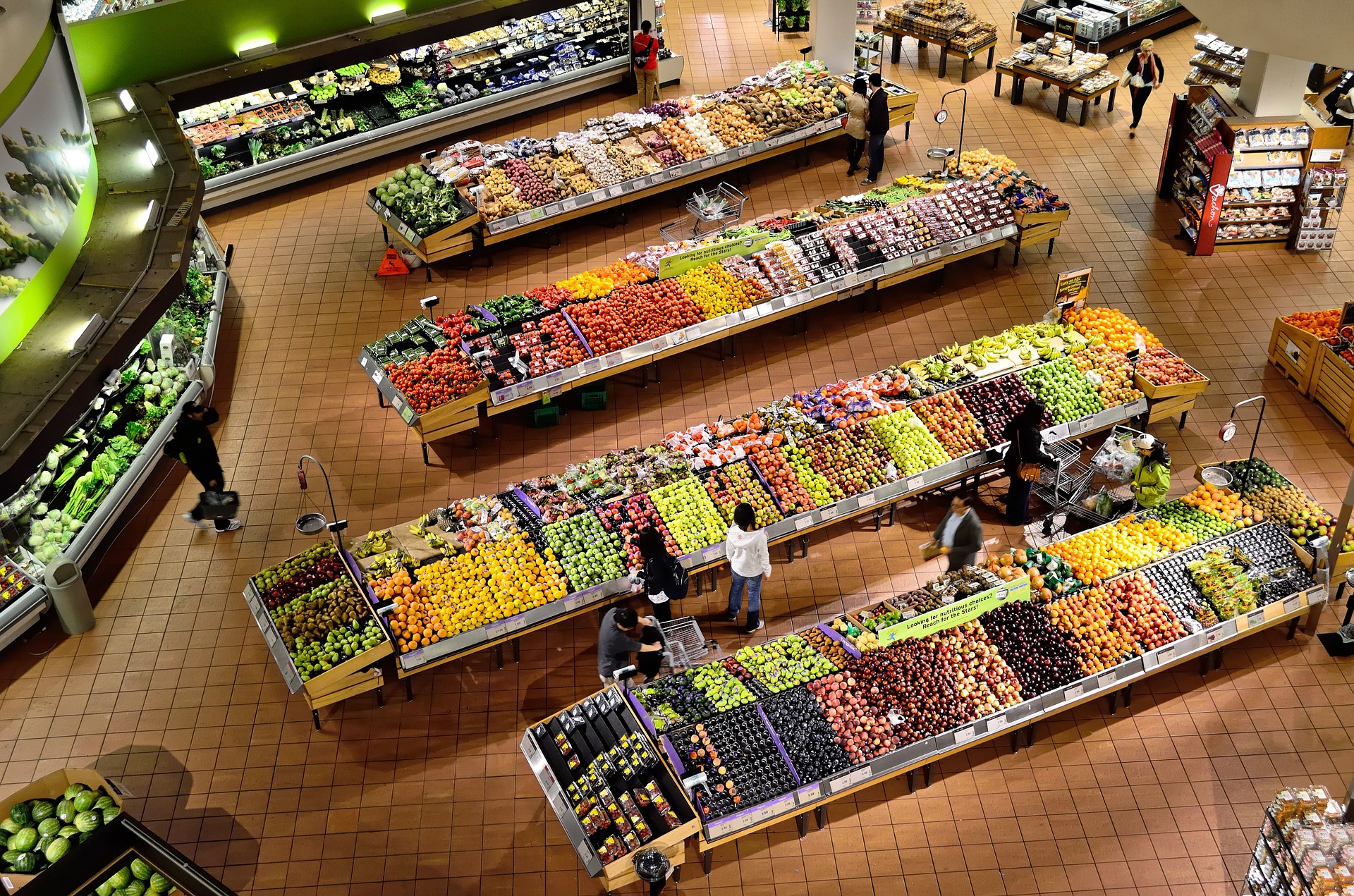Vilma Sandström defended her PhD dissertation in the University of Helsinki on 21.11.2018. In this dissertation the focus is on the quantitative analysis of the displaced environmental pressures through international trade related to Finnish food consumption, and the development of accounting methodologies to better account for the implications of trade.
Globalization has increased the interconnections between world regions. The distal socio-economic and environmental interactions, feedbacks and outcomes between land systems are called telecouplings. The increase in telecouplings is also true with agricultural production and food systems as food trade has intensified in the past decades. This change has contributed to many positive aspects of development for example by increasing food availability and creating employment in the production areas. However, it has also increased the spatial separation between consumption and production and consequently the displacement of environmental pressures as consumers from distant locations withdraw limited resources such as land or water from the production areas. Therefore, consumption can be a driver of environmental change also in geographically distant locations.
The dissertation consists of four research papers and a synthesis of them. The temporal dynamics in 1961-2007 (Paper I) and 1986-2011 (Paper II) of the displaced impacts of the Finnish food consumption are analyzed with a data from physical accounting applying land and water footprints and studying the related biodiversity impacts caused in the production areas. Paper III concentrates on analyzing the potential to replace some of the imported crops with domestic production and this way decreasing the imports of virtual water from water scarce production areas. Paper IV contributes to the methodological discussion presenting an analysis of the carbon footprints of the average diets in the EU countries using a novel framework that incorporates trade flows into carbon footprint accounting.
Finland has become strongly connected to global agricultural market. Both the imports and exports of land use embedded in the Finnish agricultural trade expanded and the partner countries and products imported diversified during 1961-2011. This was particularly clear in the period of 1986-2011 when the land use embedded in the Finnish crop imports nearly doubled. Highest increase in imports was observed with crops that can be, and previously have been cultivated in Finland. The majority of the threats to global biodiversity caused by the Finnish food consumption were produced outside the Finnish borders highlighting therefore the need to account for these distant impacts. Trade relations are not always based on resource efficiency, and water abundant Finland also imports water intensive products from areas suffering from water scarcity. There is potential for substantial reductions in the Finnish virtual water imports replacing some of the imports with crops from domestic production. Animal products, especially beef and dairy consumption are related to the highest share of dietary carbon footprints of the average diets in the EU countries. Their production requires also higher land and water inputs compared to average plant based products. Therefore, a reduction of animal product consumption is an efficient way of reducing the environmental impacts of food consumption.
The findings of this dissertation confirm and extend previous knowledge quantifying the globalization of the Finnish food system that is increasingly depending on the sustainability of also the food systems abroad. Therefore, comprehensive analyses integrating multiple indicators and different spatial scales are increasingly needed to support sustainable food systems locally as well as globally.
Text: Vilma Sandström
Sandström, Vilma, 2018. Telecouplings in a globalizing world: linking food consumption to outsourced resource use and displaced environmental impacts. Dissertationes Schola Doctoralis Scientiae Circumiectalis, Alimentariae, Biologicae. Academic dissertation. University of Helsinki. Helsinki.
